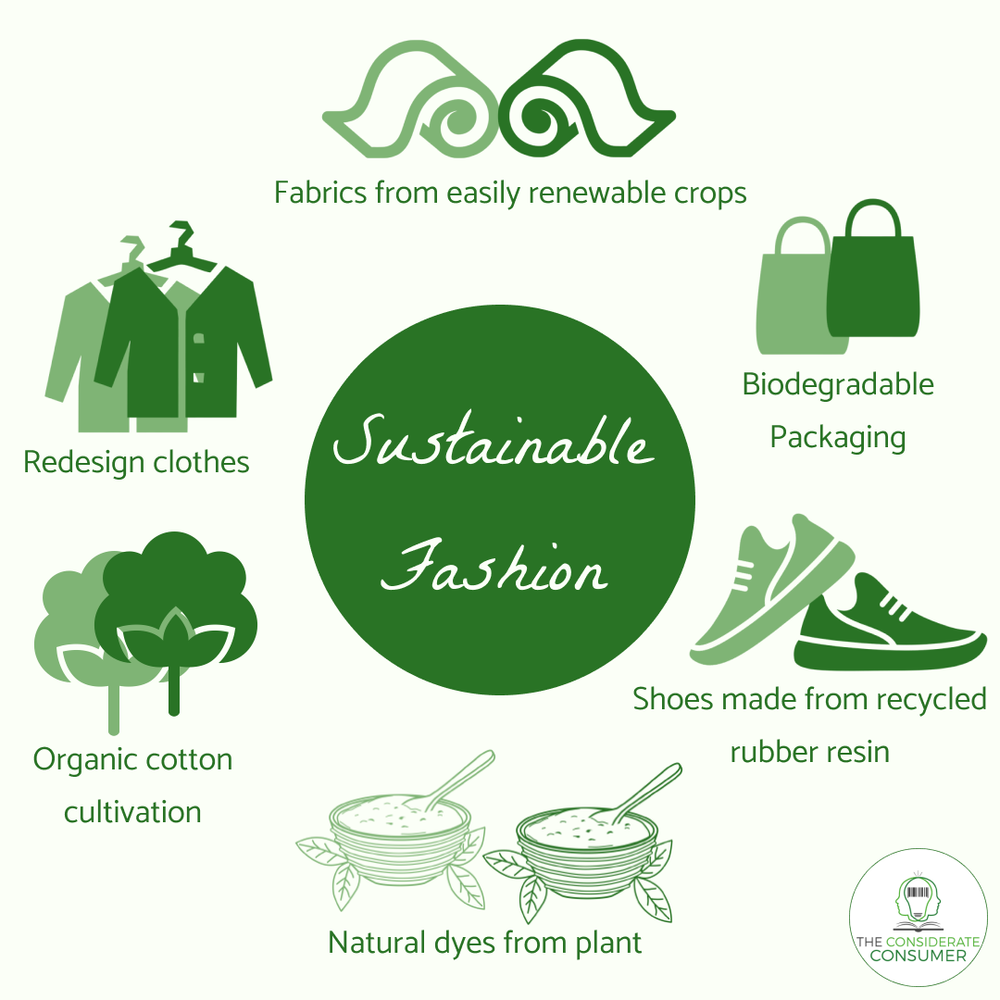Fashion is more than just a way to express yourself; it’s a powerful tool that can make a significant impact on our planet. As we navigate through the ever-changing landscape of style, it’s crucial to recognize the importance of sustainability in our wardrobes. With fast fashion dominating the industry, many are now questioning how their clothing choices affect the environment. Transitioning to an eco-friendly wardrobe doesn’t have to be daunting; instead, it can be an exciting journey toward making mindful decisions about what we wear. Let’s explore how you can curate a sustainable closet that not only enhances your style but also contributes positively to our planet’s health.
The Importance of Sustainable Fashion
Sustainable fashion goes beyond trends. It embodies a commitment to creating clothing that respects both people and the planet.
In an era where consumerism is rampant, our choices hold power. Opting for sustainable styles encourages brands to adopt ethical practices, from sourcing materials responsibly to ensuring fair labor conditions.
The fashion industry is one of the largest polluters globally, contributing significantly to environmental degradation. By embracing sustainability, we can help reduce waste and limit pollution caused by harmful manufacturing processes.
Moreover, choosing eco-friendly options fosters creativity in design. Designers are increasingly innovating with recycled materials and natural fibers that not only look good but also feel good on your conscience.
Sustainable fashion reflects a lifestyle choice—one that prioritizes quality over quantity while promoting social responsibility and environmental stewardship.
How Fast Fashion is Harming the Environment
Fast fashion has revolutionized the industry, but at a significant cost to our planet. The rapid production cycles lead to excessive waste and pollution.
Every year, millions of garments are discarded in landfills. Most of these materials take decades to decompose, releasing harmful toxins into the soil and water.
Additionally, fast fashion contributes heavily to resource depletion. Water-intensive processes required for cotton farming drain local water supplies. This overconsumption leads to droughts in vulnerable regions.
The manufacturing process also generates massive carbon emissions. Factories often rely on fossil fuels for energy—exacerbating climate change issues worldwide.
Chemicals used in dyeing and finishing fabrics frequently pollute waterways. Many rivers near textile factories become toxic, harming aquatic life and communities that depend on clean water sources for survival.
Understanding these impacts is crucial as we rethink our choices in clothing consumption today.
Tips for Building an Eco-Friendly Wardrobe
Building an eco-friendly wardrobe starts with awareness. Assess your current clothing collection. Identify pieces you truly wear and love, then consider donating or recycling what no longer serves you.
Invest in versatile staples that can be mixed and matched. A timeless white shirt or a classic pair of jeans can create countless outfits while reducing the need for excess items.
Quality over quantity is key. Select garments made to last, even if they come at a higher price point initially. This choice pays off in durability and decreases waste.
Opt for neutral colors that transcend trends. They make it easier to coordinate with other pieces, extending their use throughout seasons.
Don’t forget about accessories! Choose bags, shoes, and jewelry from sustainable sources that align with your values while enhancing your style effortlessly. Embrace creativity by personalizing items rather than seeking new ones constantly; this nurtures both your uniqueness and environmental responsibility.
Thrifting and Secondhand Shopping
Thrifting and secondhand shopping are not just trendy; they are a powerful way to embrace sustainability in fashion. Each piece you find has its own story, waiting for you to add a chapter.
Shopping at thrift stores or online resale platforms reduces waste and keeps clothing out of landfills. It’s an eco-friendly choice that allows consumers to indulge in unique styles without the hefty price tag often associated with new items.
You never know what treasures await—vintage gems, quirky patterns, or timeless classics that can elevate your wardrobe. Plus, many thrift shops support local charities, making your purchase even more impactful.
The thrill of the hunt makes it exciting. You might stumble upon something truly special while saving money and being kinder to our planet. So next time you’re seeking something fresh for your closet, consider embracing the charm of secondhand finds!
Choosing Sustainable Fabrics
When it comes to building an eco-friendly wardrobe, the choice of fabric plays a crucial role. Opting for sustainable materials can significantly reduce your environmental footprint.
Look for organic cotton, which is grown without harmful pesticides and fertilizers. This choice benefits both the planet and farmers’ health.
You might also consider hemp. It requires minimal water and grows rapidly, making it one of the most sustainable crops available.
Recycled fabrics are another excellent option. They help divert waste from landfills while reducing the need for virgin resources.
There’s also Tencel, made from sustainably sourced wood pulp. It’s biodegradable and produced through a closed-loop system that minimizes waste.
By choosing these materials, you’re not just investing in style; you’re supporting practices that prioritize sustainability and care for our planet’s future.
Supporting Ethical and Fair Trade Brands
Supporting ethical and fair trade brands is a vital step toward a sustainable wardrobe. These companies prioritize the welfare of their workers, ensuring they receive fair wages and safe working conditions.
When you choose to shop from these brands, your dollars contribute to positive change. You support local artisans who create beautiful, handcrafted pieces instead of mass-produced items that often exploit laborers.
Look for certifications like Fair Trade or B Corp when shopping. These labels signify that the brand adheres to rigorous social and environmental standards.
You also help reduce waste by investing in quality over quantity. Ethical brands typically focus on timeless designs made with durable materials, which means less frequent purchases are necessary.
Each purchase tells a story—one of empowerment and responsibility. By opting for ethical fashion choices, you join a movement committed to improving lives while caring for our planet’s future.
The Long-Term Benefits of a Sustainable Wardrobe
Adopting a sustainable wardrobe offers numerous long-term benefits that extend beyond personal style. First and foremost, it promotes environmental health. By choosing eco-friendly fashion options, you contribute to reducing waste and minimizing the carbon footprint associated with clothing production.
Building an eco-conscious closet can also have financial perks. Sustainable pieces often boast better quality and durability compared to fast fashion items. This means fewer replacements over time, saving money in the long run. Investing in timeless styles rather than fleeting trends leads to a more versatile wardrobe.
Moreover, embracing sustainability fosters a deeper connection between consumers and their clothing. When you know where your garments come from and how they are made, each piece carries significance beyond just fabric; it becomes part of your story.
Choosing ethical brands supports fair labor practices too, ensuring workers receive fair wages and safe working conditions. It creates a ripple effect that encourages others in the industry to prioritize ethics alongside profits.
Adopting sustainable fashion is not merely about clothes—it’s about cultivating mindfulness in consumption habits while promoting positive change within our communities and for our planet’s future. A commitment to sustainability reflects values that resonate deeply today and will continue shaping tomorrow’s world of fashion.










